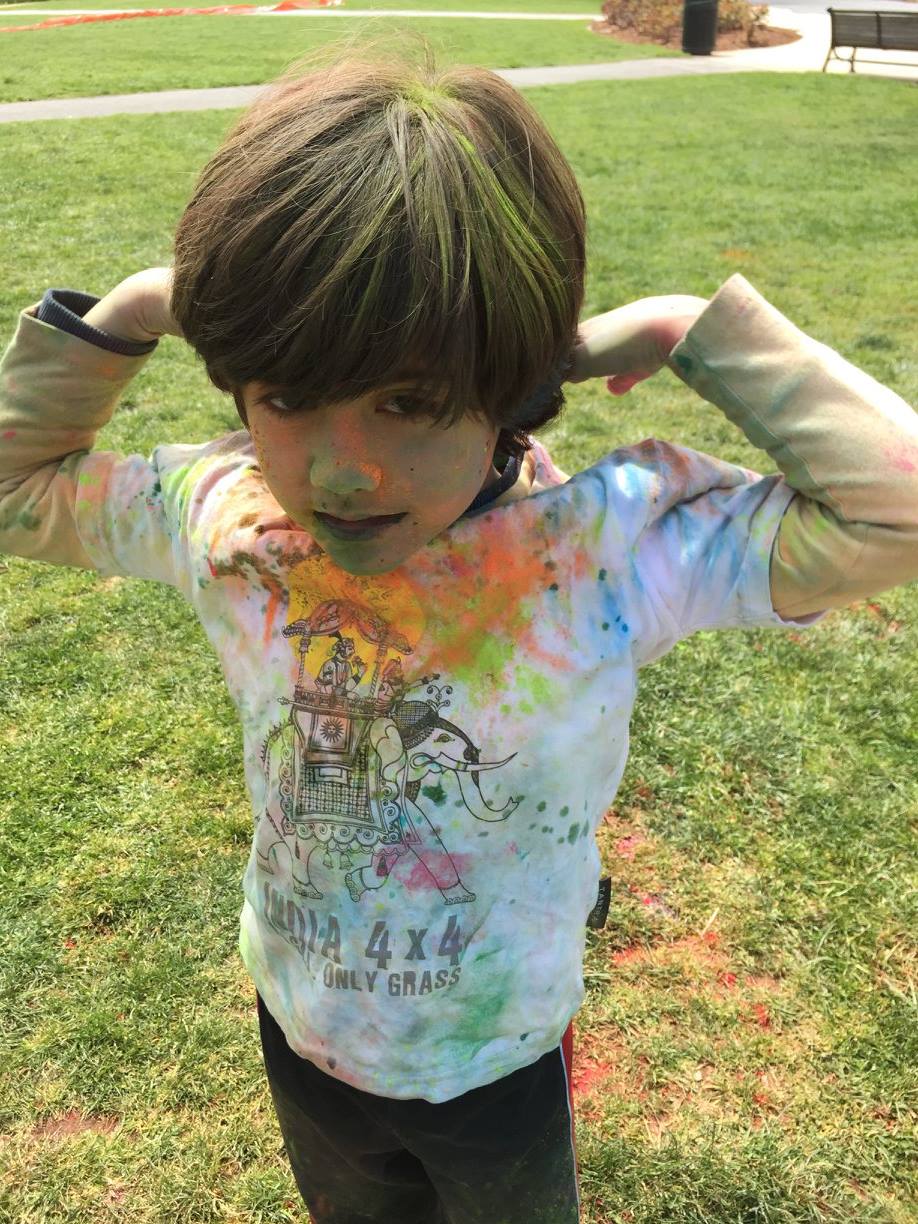Synopsis
Fifty years after the landmark Loving v. Virginia U.S. Supreme Court case ended legal persecution of interracial marriage in America, two mothers – one brown, one white – set off on a journey to explore what it means to be a bi-racial child living in a mixed-race family in so-called “post-racial America,” the perspectives of their own families and others, and America’s deep cultural ambivalence about its rapidly-changing mixed-race reality. In the shadows of Ferguson and #BlackLivesMatter and the historic Obama presidency, MIXED offers a new lens into race and the lives of the first generation of mixed-race kids and families to be counted in the U.S. Census.
The Back Story
Anchored by our own experiences – a brown mom and a white mom, each raising bi-racial children – we set off on a journey to explore the status of mixed-race identity, inclusion and questions today, 50 years after the landmark Supreme Court case made our families legal. And the “today” of it all is meaningful: “Today” follows the years of the first bi-racial president, a decade and a half after the U.S. Census first allowed mixed-race people to identify their full selves. “Today” is also a moment of heightened racial tension in America. We tell this story in a personalized narrative style that often successfully drives social-issue documentary storytelling.
Just 16 years ago, the U.S. Census revealed a dramatic shift. Between 2000 and 2010, individuals who identify as multiracial (32%) – more than one race – increased dramatically faster than those who identify as a single race (9%). In fact, this is the first moment in which this shift could be documented and explored. Media representation of multiracial families and individuals validates their existence and normalizes their experiences and identities, and yet, these portrayals are still infrequent. Popular media have started to address this population, as in recent television shows like “Modern Family,” but these portrayals often come with a backlash. For example, in the summer of 2013, when Cheerios aired a commercial starring a bi-racial family, the company opted to turn off the comments on its YouTube channel due to their overwhelmingly racist nature. In April of
2016, a similar backlash targeted an Old Navy ad featuring a bi-racial family. Beyond media depictions, the recent stories and articles about bi-racial identity and families, and a search for a positive path forward in a racially-charged America abound, 50 years after Loving v. Virginia:
A handful of elementary schools and organizations, including the Southern Poverty Law Center, are experimenting with racial identity curricular programs to help children to understand themselves and their colleagues’ similarities and differences. An advertisement featuring a bi-racial family in Houstonia magazine caused an unexpected racist backlash – but one that was drowned out by an outpouring of support from bi-racial families and individuals supporting the magazine’s editor for refusing to back down in the face of hate. There are many more stories – hard and joyful ones – and we aim to uncover and explore them in our documentary journey.
Despite the increase of bi-racial families, mixed-race families and children still face questions and unique challenges of inclusion and misunderstanding. We, the directors/producers, know them all too well, as we answer questions like: Are you the nanny? What is she? Did you adopt those children? Where did they come from? The children are often forced to identify one racial group in order to fit in, and to explain “what they are” – is being “mixed” an option? And in an era in which bi-racial children are trying to understand #BlackLivesMatter and white privilege, how do we explain the sociopolitical construction of race to a child who identifies as more than one?
MIXED will be fully realized first as a documentary film produced for TV or theatrical distribution, but ultimately housed in a transmedia digital platform that will serve as a hub for mixed-race families and individuals to tell their stories – to create a cultural environment of tolerance and understanding as a new mixed-race generation grows up.



